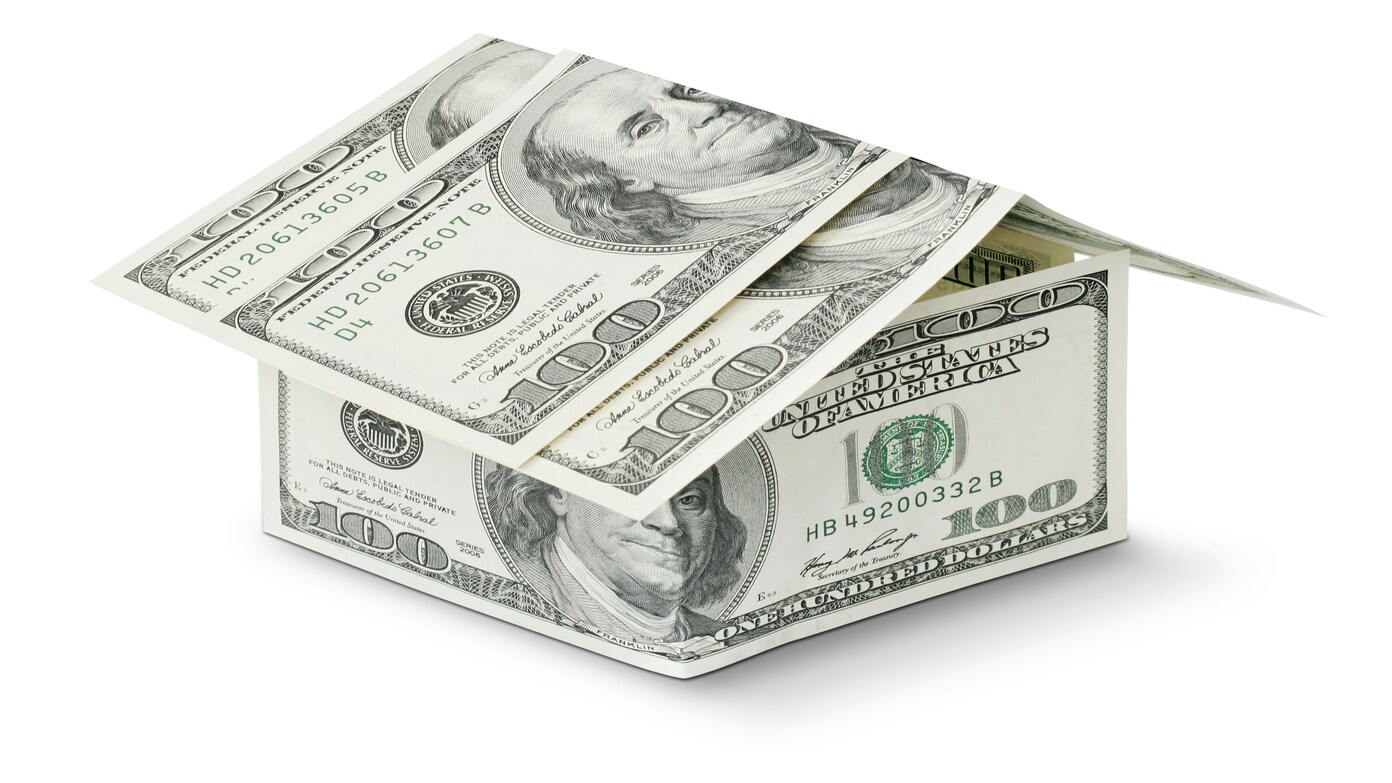Facilities that a homeowner usually considers in 2025 include home equity facilities, due to their fixed interest rates and predictable monthly payments. Understanding how much it will cost per month for a $50,000 home equity loan will help to plan finances effectively.
Current interest rate landscape remains
As of February 2025, the average fixed 10-year home equity loan has gone to around 8.57%. This reflects the recent policies of the Federal Reserve to spur economic growth and has come down from previous years.
Calculating monthly payments
The amount that the borrower pays in a given month against the home equity loan is based upon the amount lent, interest rate, and term. However, the interest rate hasn’t particularly changed since last October, the average home equity loan rate was 8.47% for a 10-year loan and 8.38% for a 15-year loan. Now, those rates are slightly higher, with the average 10-year home equity loan rate being 8.57%, while the 15-year one is 8.52%. Using the recent rates, the approximate payments will be, respectively monthly,
- 10-year home equity loan at 8.57%: $1,243.60 per month.
- 15-year home equity loan at 8.52%: $985.91 per month.
Determinants of monthly repayments
The amount to be paid per month as repayment depends on the following factors:
- Interest rate: The higher the rate of interest the higher the installment per month.
- Loan term: The longer a loan is made, the shorter the amount being paid per month, but then it increases the total interest of the loan that is to be paid.
Other additional expenses may be origination fees, closing costs, and taxes added into the monthly amount.
Comparison with other home equity loans
Interest rates for home equity loans are far lower than those of any other type of credit, whether in the form of credit cards or personal loans. For example, according to statistics from September 2023, the average fixed 10-year home equity loan has a fixed interest rate of 8.75%, with monthly payments of $626.63 for a $50,000 loan.
In contrast, credit card interest rates can be much higher, so home equity loans are sometimes a superior way to finance big-ticket purchases or expenses, or to consolidate debt.
Alternative home equity borrowing options
Homeowners have several alternatives to traditional home equity loans:
- HELOC: In the case of a HELOC, the lending institution issues the homeowner a line of revolving credit that can be tapped at will. Currently, the rates on a HELOC stand a little below the fixed-rate home equity loans. So, the major differences then would be that the HELOCs have variable interest rates-mostly changing over time-and that can introduce some variability in the amount paid over time.
- Cash-Out refinance: Replaces an existing mortgage with a new and bigger loan. The difference amount is paid in cash to the homeowner. Since the interest environment has changed to this date, the new loan rate may become higher than the existing mortgage rate that actually nullifies the very benefit.
- Reverse mortgages: This is where home equity the owner builds up over time gets paid to them that are 62 and above. It gets repaid whenever the homeowner sells the house or dies, and this might decrease the property value for heirs.
How home equity loan rates are set
There are a lot of things which goes into setting home equity loan interest rate:
- Credit score: Generally the better the score, the lesser the interest.
- Loan-to-value ratio (LTV): Lenders evaluate the LTV ratio; the lesser LTV would mean better interest rates.
- Economic factors: Rise or fall in inflation as well as monetary policies of the Federal Reserve have a direct relation with interest rates.
Pre-loan considerations
Before going for a home equity loan, consider the following:
- Availability of equity: Sufficient home equity to finance from.
- Repayment ability: Calculate your ability to pay the installments each month.
- Market conditions: Know the rate of interest and the state of the economy that may affect the contract.
